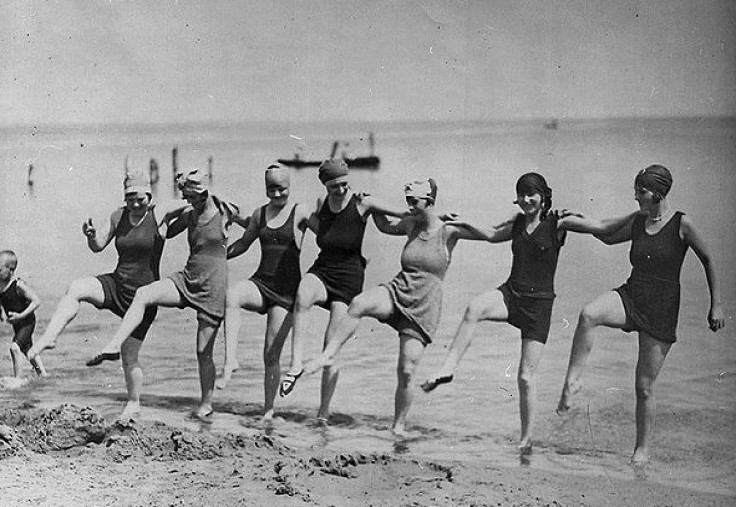
MIAMI — Miami Beach's strict curfew to control crowds during spring break is ending with mixed results. While the decision was a blessing for residents, authorities, and the police, it was also seen as a curse by entertainment and hospitality entrepreneurs.
Few were more affected than those in Miami-Dade and nearby cities in South Florida. Young people on a break, especially those fleeing the cold weather of the U.S. North, were undeterred in altering their vacation plans. Instead of canceling, they simply shifted their destinations slightly west or north.
Although the Miami Beach authorities are hailing the experiment as a success, even in court, others are anything but happy.
Miami Beach's "Breaking Up" with Spring Break
Last year's spring break left record numbers in terms of bad behavior. The chaos in Miami Beach led to two deadly shootings and 488 arrests — more than 230 of which were felony offenses, according to Miami Beach Police. More than 100 firearms were seized and scenes of the chaos along Ocean Drive appeared in national news shows.
In contrast, this year the police reported approximately 265 arrests, with four directly related to curfew violations. These figures reflect the city's firm stance on maintaining order and public safety, emphasizing the importance of law-abiding behavior for visitors. There were no deaths, and much less vandalism.
However, local businesses are reporting losses above half a million dollars, and three nightclubs, M2, Mynt Lounge, and Exchanged, lost in their legal efforts have the curfew overturned, with Judge David C. Miller denying their request on Saturday.
Despite these strict regulations, the city's vibrant atmosphere, historic neighborhoods, and beaches continued to attract both vacationers and residents, albeit in a more controlled fashion.
The migration of springs breakers
Interestingly, the city's crackdown on spring break festivities resulted in some spring breakers migrating north to Fort Lauderdale, seeking a "more traditional" spring break experience. This shift highlights the ongoing challenge of balancing the desire for lively tourism with the need for community safety and order.
"They broke up with us, so we had to slide down to Fort Lauderdale," Kephene Wash, visiting from Tampa, told WPLG-TV.
Probably few of the people filling the beaches and bars know that the concept of spring break began in 1938 with a swim forum event in Ft. Lauderdale. By around 1960, however, students were coming to the town in great numbers, and local businesses took advantage of this influx by offering specials such as all-you-can-drink beer for $1.50.
The town eventually gained the nickname "Ft. Liquordale" and became the primary destination for students interested in partying during spring break for years to come. This until cheaper flights and drinks in Miami Beach stole its place.

According to local news organizations, this year officials from South Florida's Wellness Network, which focuses on recovery from drug addiction, were handing out free Narcan kits to partygoers, after admitting that while they can't stop students from taking drugs, they can help keep them safe.
The atmosphere in Fort Lauderdale and nearby beaches was exuberant, particularly on Sunday's St. Patrick's Day celebration, but nowhere near the previous year's madness in Miami Beach.
When does Spring Break end?
Many high schools, colleges, and universities have their spring break during the second week of March, but not all. Actually, the students from nearby Palm Beach County start their week-long vacation this Monday, as do college students in Canada. The authorities are expecting a new influx of young people looking to party, but in much smaller numbers.
© 2025 Latin Times. All rights reserved. Do not reproduce without permission.





